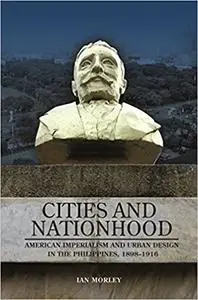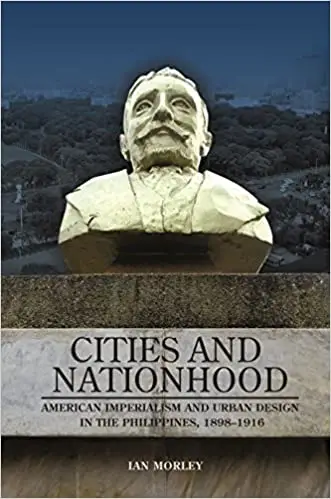Ian Morley, "Cities and Nationhood: American Imperialism and Urban Design in the Philippines, 1898–1916"
English | ISBN: 0824872924 | 2018 | 260 pages | PDF | 4 MB
English | ISBN: 0824872924 | 2018 | 260 pages | PDF | 4 MB
The Treaty of Paris in 1898 initiated America’s administration of the Philippines. By 1905, Manila had been replanned and the city of Baguio built as expressions of colonial sovereignty and as symbols of a society disassociating itself from its hitherto “uncivilized” existence. Against this historical backdrop, Ian Morley undertook a thorough investigation to elucidate the meaning of modern American city planning in the Philippines and examine its dissemination throughout the archipelago with respect to colonial governmental ideals, social advancement, and the shaping of national identity. By focusing on the forces of the early years of American colonial rule, Cities and Nationhood offers a historical paradigm that not only re-grounds our grasp of Philippine cities, but also illuminates complex national identity movements and city design practices that were evident elsewhere during the early 1900s.
places the design of Philippine cities within a framework of America’s distinct religious and racial identity, colonial politics, and local cultural expansion. In doing so, it expands knowledge about city planning―its influence and role―within national development by providing valuable insights into the nature of Philippine society during an era when America felt morally compelled to enact progressive civilization by instruction and example. Producing a new understanding of the role of America’s colonial mission, the City Beautiful modern of urban design and Philippine cities, and the inclusions and exclusions designed into their built forms, the author addresses two fundamental intellectual matters. First, the work recontextualizes the planning history of Philippine cities. Analysis of the ideals of nationalism and civility at a key period in Philippine history shifts scholarship on the plans of Philippine cities. Second, the book offers an example of how studies of city design can profitably embrace additional geographical, cultural, and chronological territories in order to rethink the abstract and tangible meaning of arranging urban places after major governmental changes and identity transitions have occurred.
Read more



